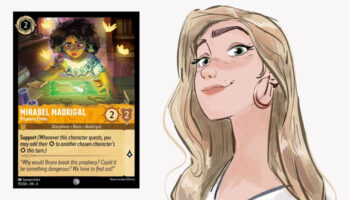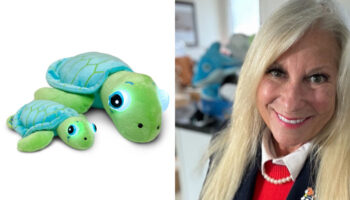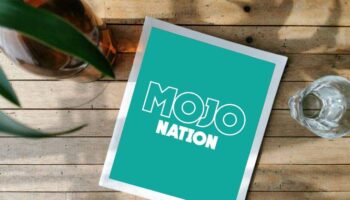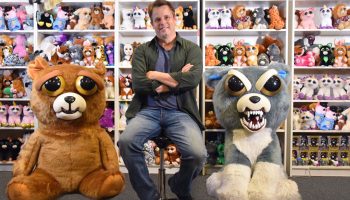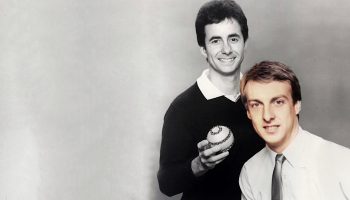Pitching to Fat Brain Toys? Director of Product Innovation Adam Carson discusses how…

Adam, welcome back!
Thanks for having me!
Not at all; a pleasure. Today, we’re talking about participating in the Mojo Pitch online. In terms of what inventors might want to consider showing you, for what kind of product are you looking?
That’s a great question and one that we get a lot. While we’re big subscribers to “We’ll know it when we see it”, there are certainly specific elements that we like to see in concepts. Many of our best sellers could be described as having a classic play pattern with a twist…
“A classic play pattern with a twist”? I like that – nice turn of phrase.
Yes, it really sums it up. Most of our best sellers are intuitive yet innovative – and give us an opportunity to stand out.
Are there certain traps of thinking into which people fall when they pitch to Fat Brain? Common mistakes you think inventors could avoid making?
I think our company name sometimes leads to heavy pitches of very literal, education-based toys and games. We want all our products to have educational value, but we also want to leave room for open-ended play and discovery. We appreciate any concepts inventors share with us – but keeping this in mind helps us work together and zero in on the best opportunities.
That’s a fantastic answer. In terms of a pitch structure, then, what do you prefer inventors to do? Is there any particular order in which you like them to unpack information?
Inventing is hard. Really, really hard. We endure the process ourselves, so we know that all creatives work differently – and we want to respect that. There’s a lot of ways to get an idea across so, to be honest, we’re not too concerned with the structure of the pitch. Instead, we’re looking for the intent behind the idea, its potential in the market, and the work that’s gone into seeing it through.

And on that, how complete does a concept need to be in order for you to feel it’s worth serious consideration?
For the most part, the better the proof of concept, the better its chances of being picked up. That being said, there’re always exceptions. We’ve licensed items at various states of development. However, having something tangible allows for both us and the inventors to evaluate it honestly. It’s not always easy proving out ideas – and we understand that. All that we ask is that inventors try their best to prove out their idea and we’ll do our best to find its potential.
You have some great turns of phrase, Adam. What’s your view on sell sheets? Or PowerPoint presentations shared online?
Bring them on! We obviously want to see videos or photos of the product in action – but any accompanying information never hurts.
Let’s talk about sizzles, then! Is there a structure to you like to see to those?
We love a good sizzle video! One recommendation is to try and stay close to the product’s practical capabilities. We understand prototypes don’t always demo an idea to its full potential…
It helps us more accurately evaluate the concept, though… As opposed to trying to decipher what’s real and what’s still theoretical. Having an accurate representation of the product at the start, followed by a vision of where it could go, is usually a pretty good formula.
Interesting answer. What length should they be?
Oh! 45 seconds to a minute works well.
Perfect. Thank you, Adam. What other advice might you give inventors here?
One big tip I’d give would be to consider both cost and manufacturing when developing and pitching concepts. I know, I know, the fun stuff! We don’t want those pesky details to get in the way of the creative process – but at the same time, they’re both important factors for any company that’s looking to develop new products.

You like it when inventors give thought to some of the product development?
Yes – we don’t expect a full breakdown of pricing or a tooling plan though! But it’s just like showing a well-functioning prototype… The more thought and research that’s put behind an idea, the more reasons a company has to look closely at it. So we do recommend that, as inventors think their way through an idea, they keep a few questions in the back of their mind. They may not have answers to all of them and that’s okay, but they could help the inventor bridge the gap from a good concept in theory to producible product.
What kind of questions, by way of example?
Nothing drastic! How much material is this using? What kind of material? How does it compare to other products on the market? Is the design/material feasible for manufacturing/tooling/assembly? Is it safe for the intended age? If you saw that in a store, would you buy that for however many dollars? Again, we don’t want these questions to bog down the creative process. They’re just some points to consider that may improve a product’s opportunity to succeed.
Fantastic! Thank you, Adam. Is there anything else I could’ve asked about?
No, I don’t think so… I will add one last thing, though! I just want to reinforce our appreciation for inventors in the toy industry. It’s hard to develop new product ideas and even harder to put them out into the world to be critiqued. It takes a certain creative resilience to keep at it again and again. We’ve been very fortunate to work with so many talented inventors and look forward to the next project we get to work on together!
Brilliant. Great sentiment to end on. Thank you, Adam.
–
To stay in the loop with the latest news, interviews and features from the world of toy and game design, sign up to our weekly newsletter here










